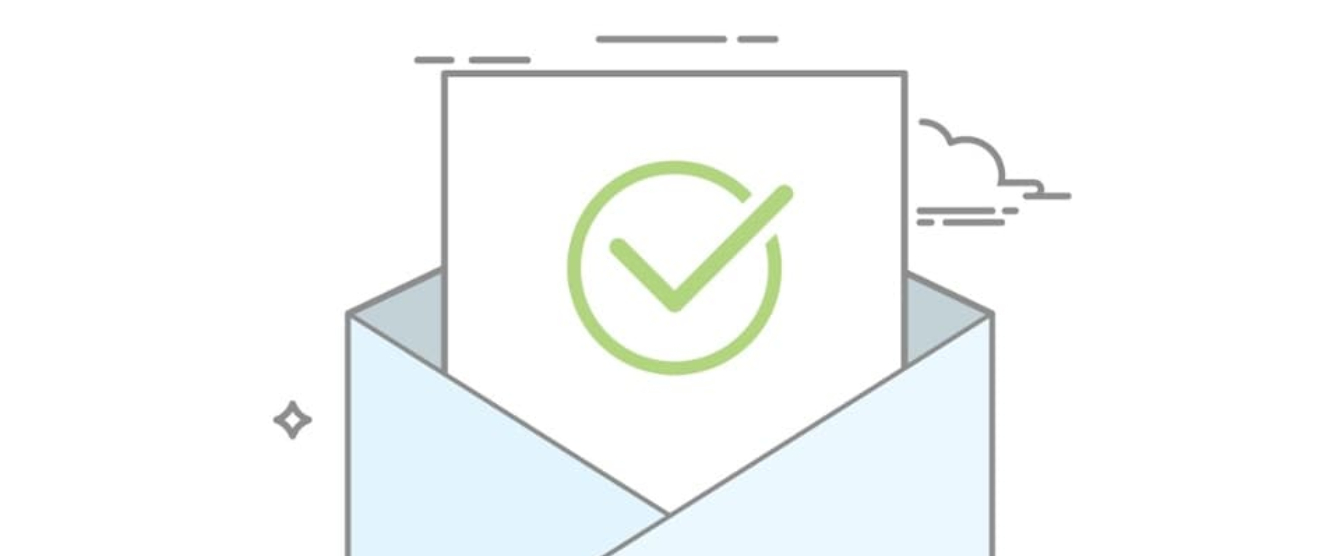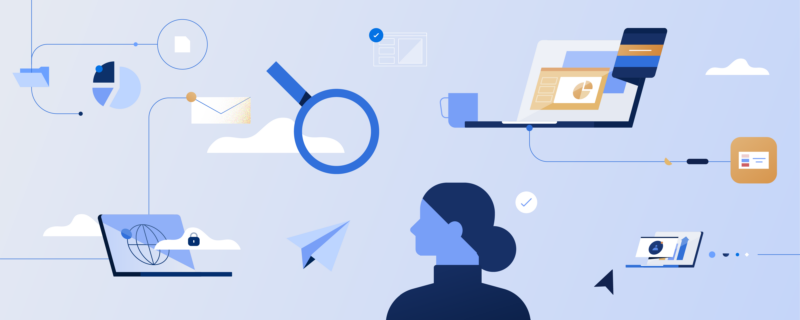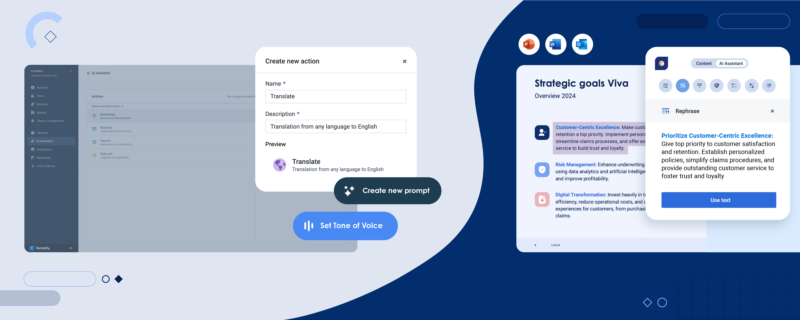Outbound sales emails can be one of the best and most effective ways of getting into contact with potential clients and increasing your sales pipeline. But it can also be one of the quickest ways to come across as pushy and unprofessional. There’s certainly a fine line to navigate when sending cold emails. We’ve compiled some sales email fundamentals to make your job easier.
Preparation is key – arm yourself with effective email templates
First of all, at the core of an effective email sales flow is a suite of great email templates. No outbound salesperson in their right mind should craft every prospecting email from scratch. Email templates are integral for scaling your outbound sales efforts.
Well written and designed email templates provide an invaluable framework where all you have to do is focus on what you are good at: tailoring your sales arguments for each client to create the best outbound sales emails possible. Once you’ve got the perfect email templates in place, your outbound sales materials will work, time and time again.
Once you’ve made initial contact with a client, a well thought through email flow using template emails with consistent look and feel and messaging will strengthen your brand and make your sales messages come across as more trustworthy, aligned and professional.
Email templates are very easy to implement and use with your Microsoft Office package, and with a product like Templafy, you can access all your best practice email templates directly within Outlook. So if a sales opportunity quickly arises, you are prepared with templates for an effective email flow.
So which factors play the biggest part when compiling your outbound sales email templates – what should you focus on?
Fundamentals for writing effective sales email templates
It is hard to say exactly how the perfect sales email is built, as it is also a matter of preferences, specific situation and the position of the receiver. That being said, there are some common traits that the most effective outbound sales emails possess:
Keeping it short, to the point and simple
A must for all writers of outbound sales emails. Nothing disturbs your sales message more than the noise of complexity! You need to give the reader a clear sense of who you are and what you want from them. Studies show that shorter emails result in quicker response time as well. Tip: sleep on it and return to your draft email the next day with fresh eyes – you’ll be able to spot and cut out any extraneous wording.
Your subject line is the gatekeeper to your message
It's hard to overemphasize the importance of a good subject line. Especially in cold sales emails. No matter what, your email’s subject line needs to grab the attention of your receiver, competing with other emails and stimuli during a busy workday. If your receiver does not open the email, he or she does not read it. The subject line should be straight to the point, short, casual and relevant. We know this is much easier said than done, but at least let this be a reminder to spend more time on your subject line – it’s not an afterthought, it’s the gatekeeper to your email’s sales message. And resist using tacky tricks like adding a Re: in the start of the subject line to make it look like you are answering an email from the receiver – people aren’t stupid and you’ll immediately appear dishonest which is no way to start a sales relationship.
Problem solving
Does your potential customer even know that they have a problem that you can solve? It helps to outline the situation up front so that the reader has something to relate to. No matter if you follow the BAB (Before-After-Bridge) build-up, the PAS (Problem-Agitate-Solve) Model or even the AIDA Model for your sales emails, you still need to focus on the pains of your receiver, and the pain relievers and gains you can deliver to him or her. And you need the right frames around it in order to make it stand out as professional, serious and sharp – the more you can relate the problem to a specific persona or stakeholder, the more likely they are to pay attention to your email.
Short, sweet solutions
Now that your reader knows they have a problem, they’re going to want to know about solutions. Yes, we know you have a lot to say about your product or service, but please keep this short and sweet in your first email. Bait the reader with solid yet brief descriptions and facts about your product. Try using the Reader’s Digest Model. In 1961, legendary copywriter John Caples analyzed Reader’s Digest to find its secrets for hooking readers. He found that the most effective opening paragraphs are fact-packed, concise, specific, contain few adjectives and arouse curiosity.
Speaking directly to the receiver
We all want to be special and this includes the reader of your outbound sales email! Check that your email is speaking directly to that one person and, as much as possible, let them know that you understand their problem and that you have a tailor-made solution just for them. Again, a clever email template gives you the time and energy to focus on the things you really want to do during your workday; it enables you to spend more time formulating and individualizing your core messages and not so much on structure.
Now ask yourself: how many of these tips are you already using today? Which ones of them do you need to work with just a bit more in order to be even more effective? Now go and review your email templates! If you need some creative inspiration for writing your next template, browse this library of real world sales emails.
Building your best practice sales library
Once you have composed your best practice emails for outbound sales, it is easy for you and your sales organization to re-use them in Templafy’s built-in library. That way, you can leverage on your success repeatedly and have multiple standard emails ready in your library for you to use and re-use for specific target groups, segments, situations etc. All very easy and quick to use, integrated directly into your Outlook.
You’ll also find it easier to stay on-brand and spend less time searching for images and fonts. Templafy keeps your fonts and formatting aligned not only in your sales emails in Outlook, but across all of the office productivity applications in your entire organization. You'll no longer have to worry about those disturbing visual effects created by multiple fonts and sizes jumping all over your email.




